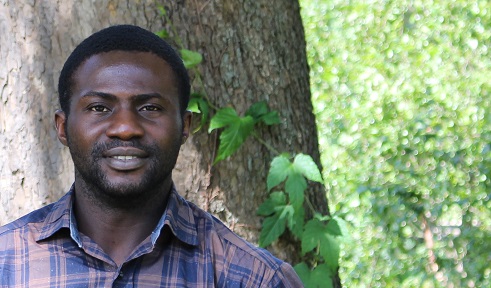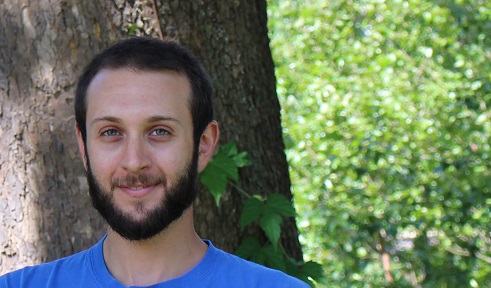
Abiodun Emmanuel Ayo Bali
The Geological Sciences Colloquium Series presents Abiodun Ayo-Bali and Lucas Howard, Geological Sciences graduate students discussing their research on Oct. 19 at 2 p.m. in Clippinger 205.
Ayo-Bali presents “Determination of Arsenic and Heavy Metals in the Environmental Phases of Barra de Santiago Marsh Barra de Santiago, El Salvador”
Abstract: Barra de Santiago Marsh region in Western El Salvador is affected by at least two major environmental problems: a decrease in macroinvertebrate populations in the marsh, and a high incidence of Chronic Interstitial Nephritis in Agricultural Communities (CINAC) illness in the human population. Possible causes of these environmental problems could be heavy metals in the water and sediments and/or pesticide contamination. In this research we want to investigate the heavy metals in the different environmental phases and its possible relation with aquatic and human health. The decrease in macroinvertebrate populations in the marsh and the CINAC in the human population could be caused by heavy metals and arsenic contamination in the water, sediments and soils of the area. The aim of this thesis project is to determine if high concentrations of Arsenic and heavy metals in the environmental phases are present and could be affecting macroinvertebrates as well as people in the area.

Lucas Howard
Howard presents “Nutrient Loading from the Maumee River to Lake Erie”
Abstract: Harmful algae blooms (HABs) are an annual phenomenon that occur in Lake Erie. They are due to excessive nutrient loading from outside sources. The Maumee River is arguably the most significant tributary to Lake Erie (the Sandusky River being the other). The Maumee has been shown to transport a large amount of contaminants into Lake Erie each year. However, loads and contaminant concentrations along its path have not been analyzed. This research will quantify the deposited loads in each drainage area of the last ~60 miles of the Maumee. Not only will this project provide a detailed analysis of the loads deposited; it will also analyze the land areas that surround each drainage area and correlate those areas with measured contaminant concentrations. Phosphorous is widely accepted as the primary contaminant that fuels algae blooms in Lake Erie. The data gathered over the course of this project should highlight the impact of nutrient runoff into large tributaries, and perhaps, lead to more sustainable farming practices in the Lower Maumee River Watershed.
Upcoming Colloquia
Ahmadreza Malekpour-Alamdari of Ohio University Geological Sciences on “Spatial and Temporal Variation of Continental Extension in Iran” on Oct. 26 at 2 p.m. in Clippinger 205.
Dawn Ruth of Ohio University Geological Sciences on “Open Questions on Open Vent Volcanoes: Case Studies of Llaima (Chile) and Mayon (Philippines)” on Nov. 30 at 2 p.m. in Clippinger 205.



















Comments